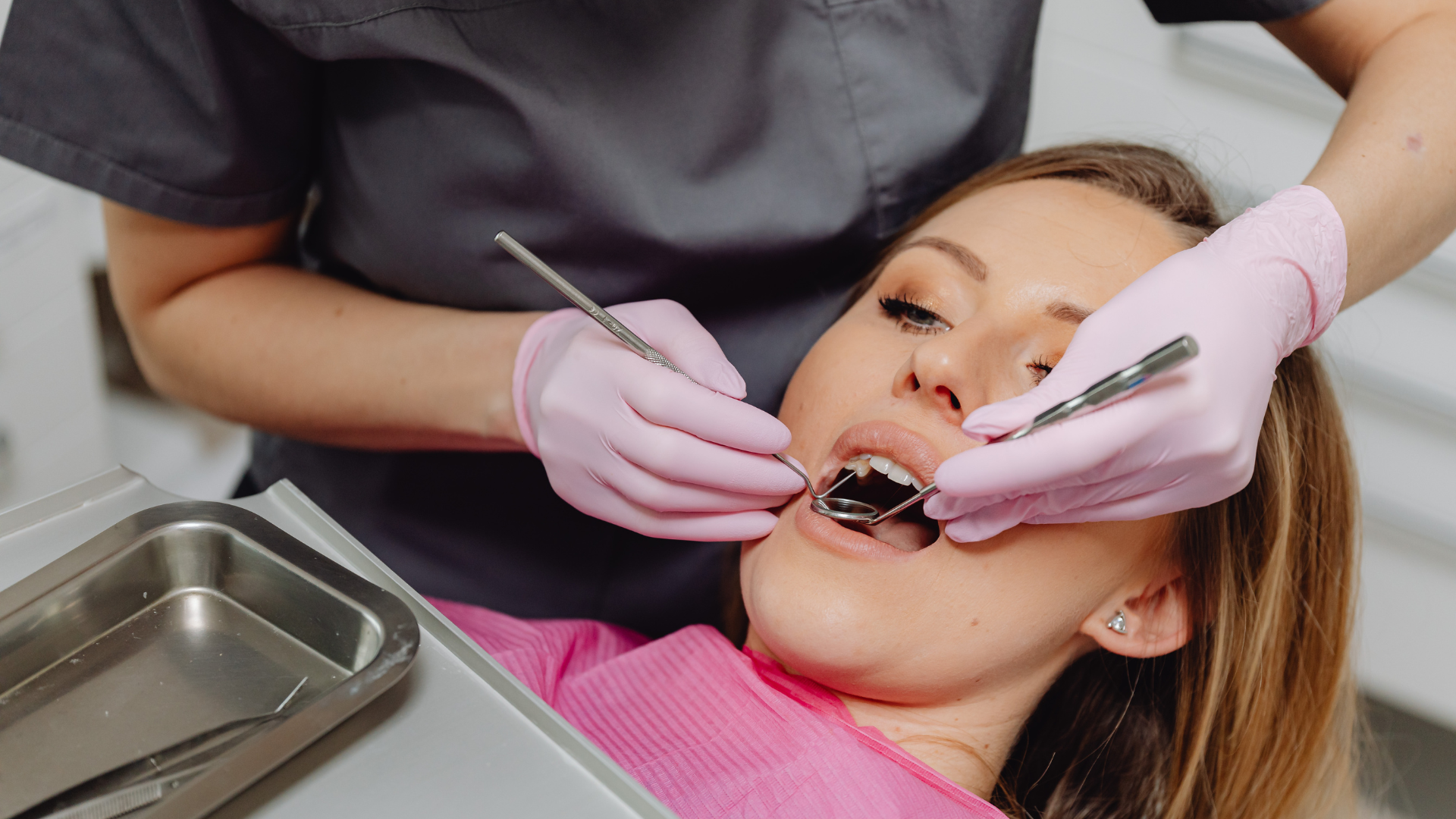What is Scaling in Dentistry? A Guide to Dental Cleaning
The Importance of Dental Scaling
Dental scaling goes beyond the reach of your regular toothbrush and floss. It targets areas below the gum line, ensuring a thorough clean that helps maintain oral health. Professional dental cleanings involve a range of techniques and tools designed to remove plaque, tartar, and stains from teeth and address gum health.
Understanding the Dental Scaling Procedure
Dental scaling is part of maintaining oral health, especially for gum disease patients. This procedure thoroughly cleans below the gum line, where regular brushing and flossing can't reach.

Benefits of Dental Scaling
Healthier Gums
Dental scaling is instrumental in maintaining healthier gums. By removing plaque and tartar from below the gumline, it helps prevent the onset and progression of gum diseases. This procedure is particularly beneficial for those who are prone to gingivitis or periodontitis.
Brighter Smile
One of the most noticeable benefits of dental scaling is a brighter smile. Removing stains and buildup on the teeth can significantly enhance your smile's appearance. At Danforth Neighbourhood Dental Centre, we make maintaining a visually pleasing smile a priority.
Prevention of Tooth Decay
Dental scaling also prevents tooth decay. By eliminating harmful bacteria and food particles that contribute to decay, this procedure helps maintain teeth's overall health. Regular scaling sessions can be a proactive measure to avoid more serious dental issues in the future.
Regular visits to your dental clinic on the Danforth for scaling can make a significant difference in your oral health, ensuring that your gums and teeth remain in optimal condition.
Tools and Techniques Used in Dental Scaling
Manual Hand Scalers
Manual hand scalers are used to meticulously remove plaque and tartar deposits from teeth and along the gumline. Hygienists use these tools to reach areas that toothbrushes can't clean effectively. Their use requires precision and skill to ensure thorough cleaning without harming the tooth surface or gums.
Ultrasonic Scalers
Ultrasonic scalers utilize high-frequency vibrations to dislodge stubborn tartar and plaque from the tooth surface and underneath the gum line. This method is often preferred for its efficiency and ability to clean deeper areas. The ultrasonic instrument has a vibrating metal tip that chisels away tartar while a cool water spray flushes out the pocket, making the process more comfortable for the patient.
Curettes
Curettes are small, handheld instruments used below the gum line to gently scrape away plaque that toothbrushes can't reach. These tools are particularly useful for cleaning periodontal pockets and ensuring that the gums can reattach to the teeth. Dentists use curettes to lift the gums away from the teeth, allowing for a more thorough cleaning.
Utilizing these products in your cleaning regimen is as important as regular brushing and flossing. Proper dental scaling tools ensure a comprehensive clean, contributing to overall oral health.
Aftercare Tips Following Dental Scaling
Maintaining oral health doesn’t simply end with a scaling treatment. Aftercare plays a vital role in ensuring the effectiveness of the scaling and root planing procedures.
Managing Discomfort
It’s normal to initially experience some dental sensitivity and minor gum discomfort. Over-the-counter pain relievers can alleviate discomfort, but discuss this with your dentist for personal recommendations.
Oral Hygiene Practices
Prioritize a meticulous daily oral hygiene routine – brushing, flossing, and using an antimicrobial mouthwash. These practices maintain the results of your dental scaling treatment and prevent new plaque and tartar build-ups.
Follow-up Appointments
Your dental care provider will offer personalized advice on maintaining oral health post-procedure, including proper brushing and flossing techniques. They may also recommend follow-up visits to monitor your gums’ health. Regular check-ups with your emergency dentist in Toronto can help address any potential issues promptly.
Remember, the success of your dental scaling largely depends on how well you follow these aftercare tips.
Possible Side Effects
Several side effects might occur post-scaling, including:
- Tooth Sensitivity: The process of removing plaque and tartar from the tooth surfaces and beneath the gum line can make teeth more sensitive to hot and cold temperatures.
- Bleeding: Some gums bleeding is common, especially if there is significant plaque buildup.
- Enamel Weakness: Continuous rubbing on the enamel and gum line may weaken the enamel, although proper aftercare can mitigate this risk.
Consulting with Your Dentist
Before dental scaling, a consultation with your dentist or hygienist will help you prepare for the procedure.
Frequently Asked Questions
What is dental scaling?
Dental scaling is a professional dental cleaning procedure that removes plaque, tartar, and stains from the teeth and gum line. It is a non-surgical procedure typically performed by a dental hygienist.
Why is dental scaling important?
Dental scaling is important because it helps prevent gum disease, maintain oral hygiene, and offers long-term benefits such as healthier gums and a brighter smile.
Is dental scaling painful?
Dental scaling might cause some discomfort. Any discomfort experienced is usually minimal and temporary.
What are the aftercare tips following dental scaling?
After dental scaling, managing discomfort, maintaining good oral hygiene practices, and attending follow-up appointments with your dentist to ensure optimal oral health is important.
Are there any risks associated with dental scaling?
While dental scaling is safe, it can cause temporary discomfort and gum sensitivity, so it’s always best to consult with your hygienist to address your concerns.




